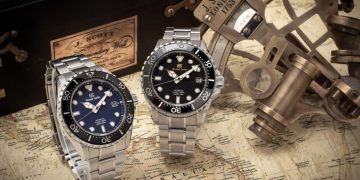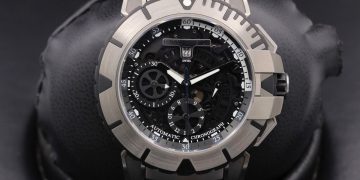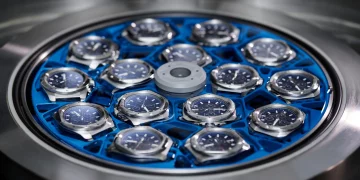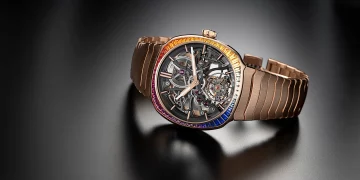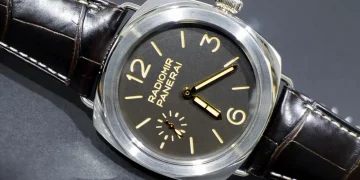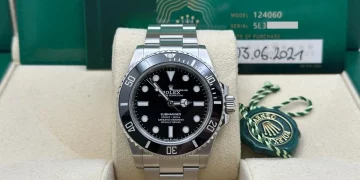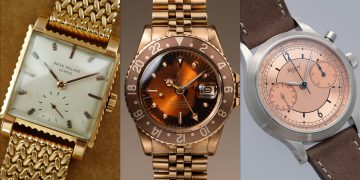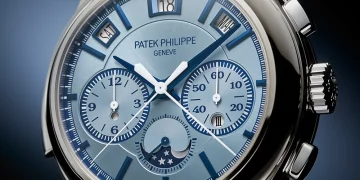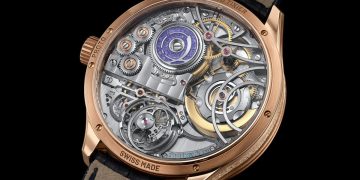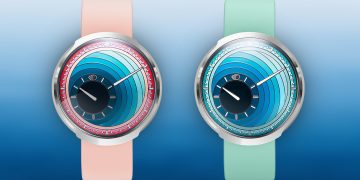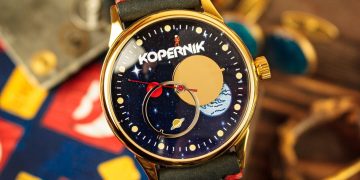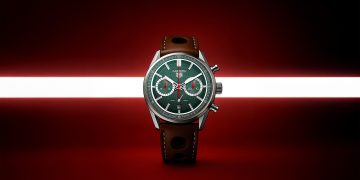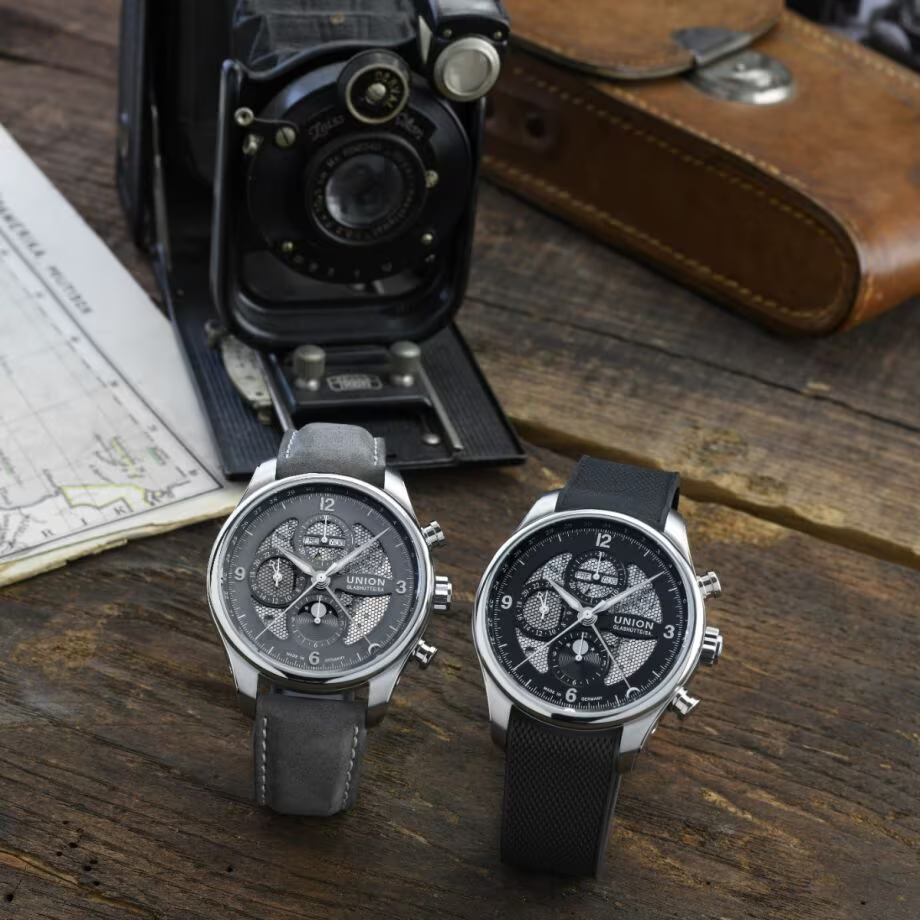Introduction
In the world of watchmaking, there has always been a tension between two distinct worlds: technology and traditional handcraft. For centuries, horology has been defined by meticulous craftsmanship, where artisans used time-honored techniques to create intricate, mechanical masterpieces. However, as technology has evolved, so too has the watch industry, bringing innovations like quartz movements, smartwatches, and automated manufacturing processes that have revolutionized the way watches are designed and built.
The question arises: can the worlds of traditional craftsmanship and modern technology coexist in the same timepiece? Can a luxury watchmaker combine the fine art of handcraft with the precision and efficiency of modern technology to create a truly exceptional timepiece?
In this article, we will explore the possibilities and challenges of combining these two forces in watch design. We’ll dive into the importance of craftsmanship in luxury watches, examine the role of technology in improving functionality, and consider how these elements can work together to create a harmonious balance. Ultimately, we’ll answer the critical question: Is it possible to achieve a perfect balance between technology and handcraft in watch design?
1. The Legacy of Handcraft in Watchmaking
1.1 The Origins of Watchmaking
- The history of watchmaking dates back to the 16th century when craftsmen started creating mechanical timepieces by hand. Early watches were intricate works of art, requiring immense skill and precision.
- Key moments in horology, such as the invention of the escapement mechanism, helped lay the foundation for modern timekeeping.
1.2 The Art of Traditional Watchmaking
- Traditional watchmaking involves a series of complex processes, from the creation of the movement’s components (gears, springs, and escapements) to the assembly and finishing of the watch case and dial.
- High-end watchmakers often rely on generations of knowledge passed down through apprenticeships and hands-on experience.
- The attention to detail, the use of hand tools, and the crafting of unique pieces are what set luxury watches apart.
1.3 The Value of Handcraft in Modern Luxury Watches
- Despite technological advancements, many luxury watch brands still emphasize handcraft. This artisanal approach offers exclusivity, precision, and a connection to the long history of watchmaking.
- The perception of luxury is often tied to the idea of handmade artistry, making craftsmanship a key element of watch desirability.
2. The Rise of Technology in Watchmaking
2.1 The Advent of Quartz Movements
- The quartz revolution of the 1970s significantly impacted the watch industry. Quartz movements offered higher accuracy and reliability than mechanical movements, and they could be mass-produced at a lower cost.
- Quartz watches paved the way for the development of more affordable, accessible timepieces that appealed to a broader market.
2.2 Smartwatches: The Intersection of Technology and Functionality
- With the advent of digital technology, smartwatches have become an important category in modern watchmaking. These watches are designed to provide a range of functions beyond timekeeping, such as health monitoring, notifications, and connectivity to other devices.
- Brands like Apple, Garmin, and Samsung have integrated advanced technologies into their designs, offering consumers a combination of convenience and innovation.
2.3 Precision Technology in Traditional Watchmaking
- Many luxury watchmakers have embraced modern technology to enhance the precision and durability of their timepieces. For example, advanced computer-aided design (CAD) software allows for highly precise component manufacturing, reducing human error.
- The use of laser technology, automation in production, and testing tools also ensure that watches meet stringent standards for accuracy and quality.
2.4 The Role of Materials Science and Innovation
- Technological advancements in materials science have introduced new materials to watchmaking. Ceramic, titanium, carbon fiber, and other high-tech materials are now commonly used to create lightweight, durable, and scratch-resistant cases and components.
- These materials help enhance the functionality of the timepiece without compromising its aesthetic appeal.
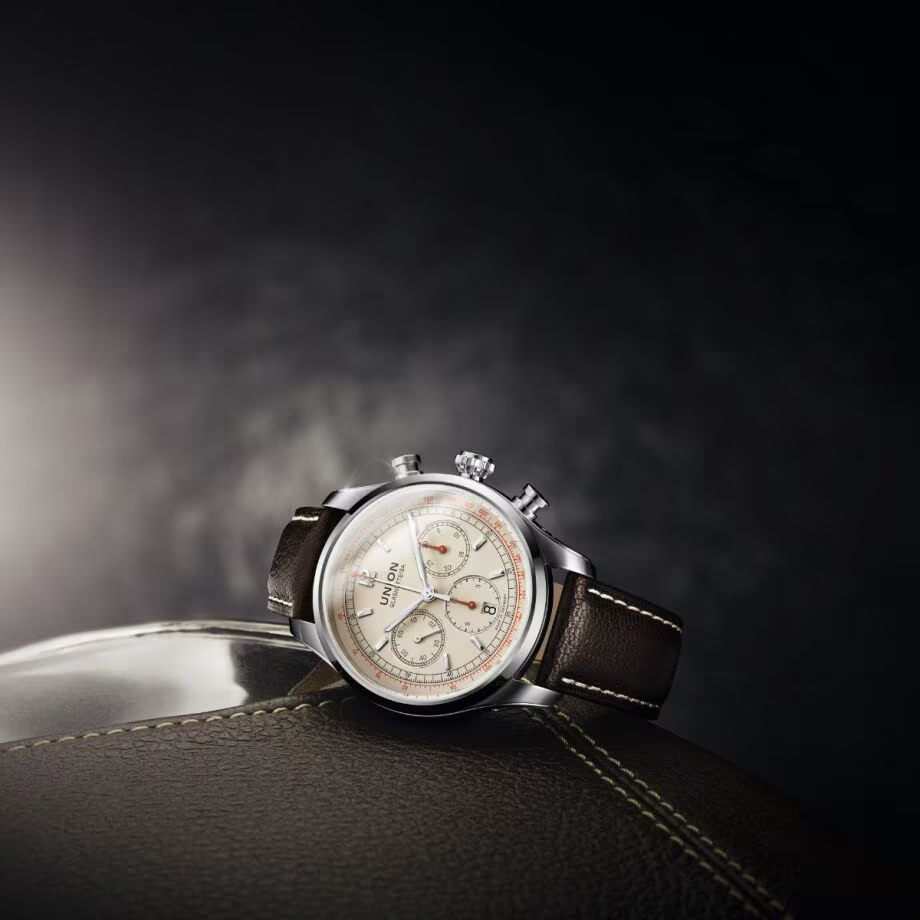
3. Combining Tradition and Technology: A Harmonious Balance?
3.1 The Challenge of Integrating Technology with Handcraft
- One of the main challenges in integrating technology and handcraft is ensuring that both elements complement each other. Technology is often associated with efficiency and mass production, while handcraft emphasizes exclusivity, individuality, and attention to detail.
- How can a watchmaker maintain the integrity of traditional craftsmanship while incorporating new technologies?
3.2 Case Study: Patek Philippe’s Mechanical Innovations
- Patek Philippe is known for creating mechanical timepieces with incredible attention to detail. Yet, the brand has also embraced modern technology in the creation of its movements, such as incorporating innovative materials like silicon for escapement parts.
- This combination of traditional mechanical skills with modern material science shows that achieving the perfect balance between technology and craftsmanship is possible.
3.3 Case Study: The Integration of Smart Features in Mechanical Watches
- Some watchmakers have experimented with integrating digital technologies into traditional mechanical designs. For example, the hybrid watches from brands like Tag Heuer and Montblanc combine the beauty and craftsmanship of mechanical timepieces with smart functionality.
- These watches offer the wearer the best of both worlds, providing the aesthetic value and craftsmanship of mechanical watches while incorporating useful features such as fitness tracking, connectivity, and notifications.
4. How Technology Enhances Traditional Craftsmanship
4.1 Precision Engineering
- Technology has played a significant role in improving the precision of mechanical watches. Computer-aided manufacturing (CAM) and advanced testing tools enable watchmakers to create components with greater accuracy, resulting in more reliable timekeeping.
- Advanced simulation techniques and 3D printing have allowed designers to prototype and test movements and components more quickly and effectively, ensuring the highest quality before a piece is made.
4.2 Improving Durability and Longevity
- Modern materials like synthetic sapphire crystals, ceramic, and anti-magnetic alloys have improved the durability and performance of traditional watches. These innovations help prevent wear and tear and extend the lifespan of timepieces, ensuring they remain functional for decades.
- These materials also reduce the need for frequent servicing, which can be a downside to traditional watches that use older materials.
4.3 Enhanced Aesthetic Design Through Technology
- Advanced CAD and 3D printing technologies have enabled watchmakers to design intricate, detailed parts with precision, allowing for more complex and aesthetically innovative designs.
- These technologies have made it possible to create more innovative dials, cases, and movements that might have been impossible with traditional tools alone.
5. The Future of Watchmaking: Merging Tradition with Modernity
5.1 The Role of Independent Watchmakers
- Independent watchmakers are leading the charge in merging technology with traditional craftsmanship. These artisans often rely on both manual techniques and modern innovations to create highly personalized and unique timepieces.
- The future of luxury watches may be characterized by a return to artistry and individuality, where technology enhances, rather than replaces, the watchmaker’s skill.
5.2 Sustainability and Technological Advances
- As watchmaking evolves, sustainability becomes a growing concern. The use of sustainable materials, eco-friendly manufacturing processes, and more efficient technologies could shape the future of the industry.
- Technology may help reduce waste and environmental impact, while maintaining the luxury and quality that consumers expect from high-end watches.
5.3 The Hybrid Watch: A Glimpse Into the Future
- Hybrid watches, which combine mechanical movements with smart features, represent a convergence of the old and new. As consumer preferences shift toward multifunctionality and innovation, hybrid timepieces may become the future of luxury watchmaking.
- These watches might offer a blend of traditional craftsmanship, precision mechanics, and cutting-edge technology, providing a truly unique and comprehensive experience.
6. Conclusion: Is the Balance Between Technology and Handcraft Achievable?
After exploring the challenges, opportunities, and examples of watchmakers who have successfully integrated technology and handcraft, it is clear that achieving the perfect balance is not only possible but also essential for the future of the industry. The key lies in respecting the legacy of traditional craftsmanship while embracing the advantages that technology offers.
Luxury watchmaking may be at a crossroads, but by combining precision, innovation, and artistry, the industry can evolve in a way that appeals to modern consumers while preserving the time-honored traditions of the craft.


